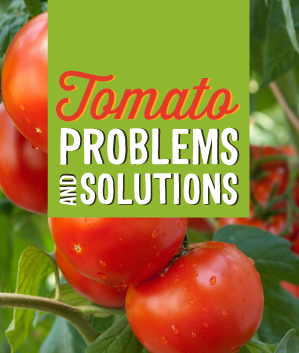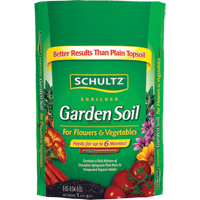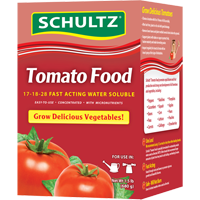
Soil Sauna
Do what people in short growing season climates have done for years, that is heat up the root zone. Lay some black plastic sheeting around your tomatoes, peppers, and other heat lovers. Be sure to poke plenty of holes in the plastic in order to allow water to penetrate to the soil. Weigh down edges and seams with soil or stones.
Required Weeding
Weeds aren’t just unattractive. They also compete with your garden plants for moisture and nutrients, shade out lower vegetables, and often provide host sites for damaging insects. The sooner you tame them, the easier it will be to keep them under control. If you didn’t use the previously described black plastic, a 4 inch layer of straw or hay mulch can be applied after the soil has warmed into the 60s. Doing so will discourage weeds, retain moisture, and prevent soil borne fungal spores from splashing onto the leaves.
Cutting the weeds off at soil level will cut off their energy supply, and while the roots may send up new shoots, they will be less aggressive each time and will eventually give up.
Water, Water, Water
Most caregivers of houseplants follow a watering routine that allows the soil to dry slightly between each drink. However, for tomatoes, alternated periods of wet and dry will result in cracked, split skins. For best results, water regularly, keeping soil evenly moist, but not saturated. Watering at ground level rather than overhead will eliminate many disease problems. Tomatoes require approximately 1 - 1.5 inches of water a week.
Feed Your Bed
The better the soil, the less you will need to feed the plants, but most vegetable gardens will require supplemental feeding to perform their best. Lower nitrogen and higher phosphorus content, which will encourage flowering and fruiting, and keep plants from getting too leggy.
Prop Up, Pinch Back
Tomatoes do not require a lot of maintenance, but a bountiful harvest will require some intervention on your part.
For indeterminate varieties use stakes, trellises or tomato cages to keep the plants from sprawling on the ground. Tie the plant to its support as it grows, positioning the tie between each leaf cluster. Don’t tie too tightly, and use a wide stretchy fabric like cloth strip, or nylon, rather than a thin string. Thinning out some blossoms will result in earlier and larger tomato production. You may wish to pinch the top of the plant after 4-5 flower bunches have formed.
Determine plants that won’t need as much assistance, but will benefit from a tomato cage or other structure to keep them upright. These procedures allow more sun and air to get to the foliage and flowers, and prevents rot and bug damage cause by fruit in contact with the ground.











